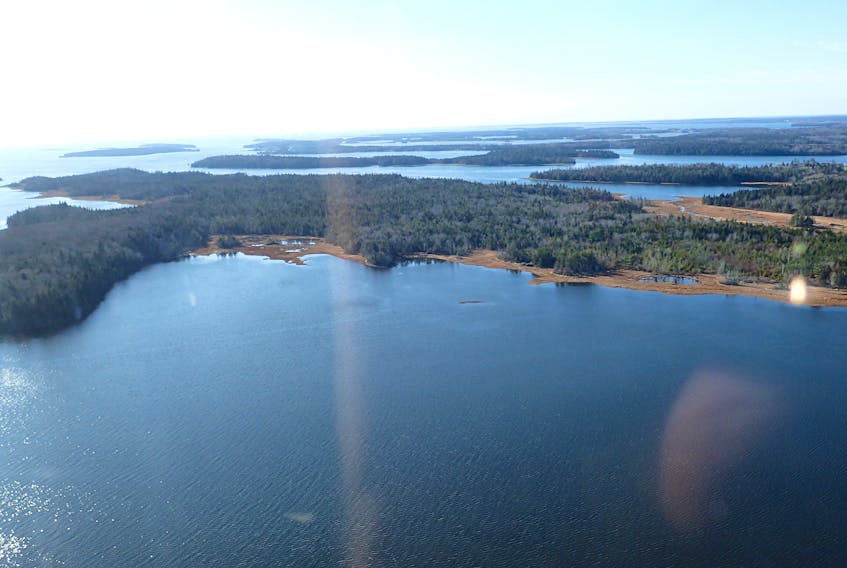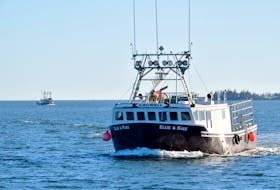ROBERTS ISLAND, N.S. — The Nature Conservancy of Canada (NCC) is spearheading a campaign to conserve two parcels of land totalling 47.5 hectares (117 acres) near its existing nature reserve in Lobster Bay near Yarmouth.
Two private landowners have offered to sell their “pristine” coastal properties to NCC for conservation.
The properties, located on Roberts Island, about 20 km east of Yarmouth, feature native forest, rare plants and salt marshes, and provide habitat for black duck, willet and other bird species.
Craig Smith, NCC’s Nova Scotia program director, says that with the help of supporters, the organization has an opportunity to protect these important coastal sites on the south shore and ensure they always remain wild.
“If we can protect these marsh habitats in Lobster Bay, we will also help protect the coastal life which is so important to this part of Nova Scotia,” he said.
Southwestern Nova Scotia is a priority area for NCC’s conservation work due to the region’s abundant, healthy and ecologically significant coastal habitats, large forested areas and species-at-risk. The NCC has helped establish several nature reserves on the south shore, including Gaff Point, Lunenburg County; Port Joli, Queens County; and Lobster Bay in Yarmouth County.

Lobster Bay features some of the most extensive and intact salt marshes on the south shore, which provide habitat for shorebirds. It also provides habitat for eastern baccharis, a nationally threatened flowering shrub that, in Canada, can only be found in Lobster Bay.
NCC has been working in southwestern Nova Scotia for 20 years and has protected approximately 8,000 hectares (19,760 acres) across the region.
The organization has secured 85 per cent of the funding for the Lobster Bay properties but must raise the final $35,000 from private donors by February.
It is seeking support from individuals, businesses and community organizations in order to qualify for matched funding from the federal government and other contributors. Once protected, the two properties will expand NCC’s Lobster Bay conservation area to 119.5 hectares (306 acres).
Facts:
The southwestern region of Nova Scotia was designated as a UNESCO Biosphere Reserve in 2001. It is one of 18 such reserves in Canada, selected for its ecological and cultural features. There are only 650 UNESCO Biosphere Reserves worldwide.
Eastern baccharis is a species of shrub found at the edge of salt marshes. The entire Canadian population is only a few thousand plants, located at two sites in Lobster Bay. Outside Canada, the species is found along the eastern seaboard of the United States, in Cuba and on Mexico’s Atlantic coast.
Learn more: The Nature Conservancy of Canada (NCC) is the nation’s leading not-for-profit, private land conservation organization, working to protect our most important natural areas and the species they sustain. Since 1962, NCC and its partners have helped to protect 14 million hectares (35 million acres), coast to coast to coast. In Atlantic Canada, NCC has helped protect 31,500 hectares (78,000 acres).









